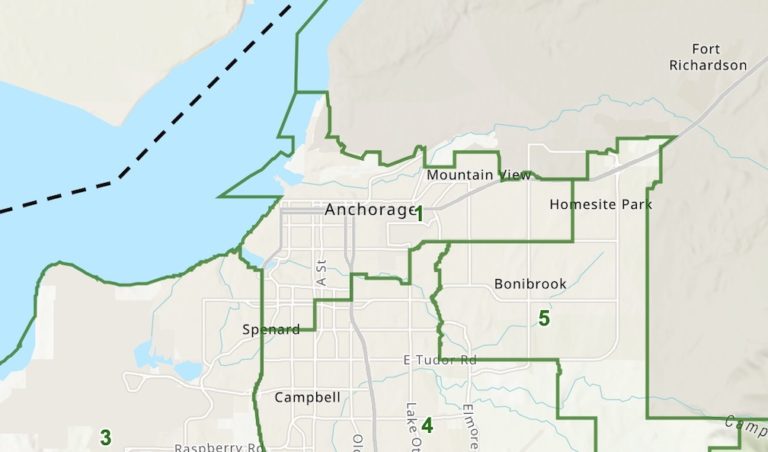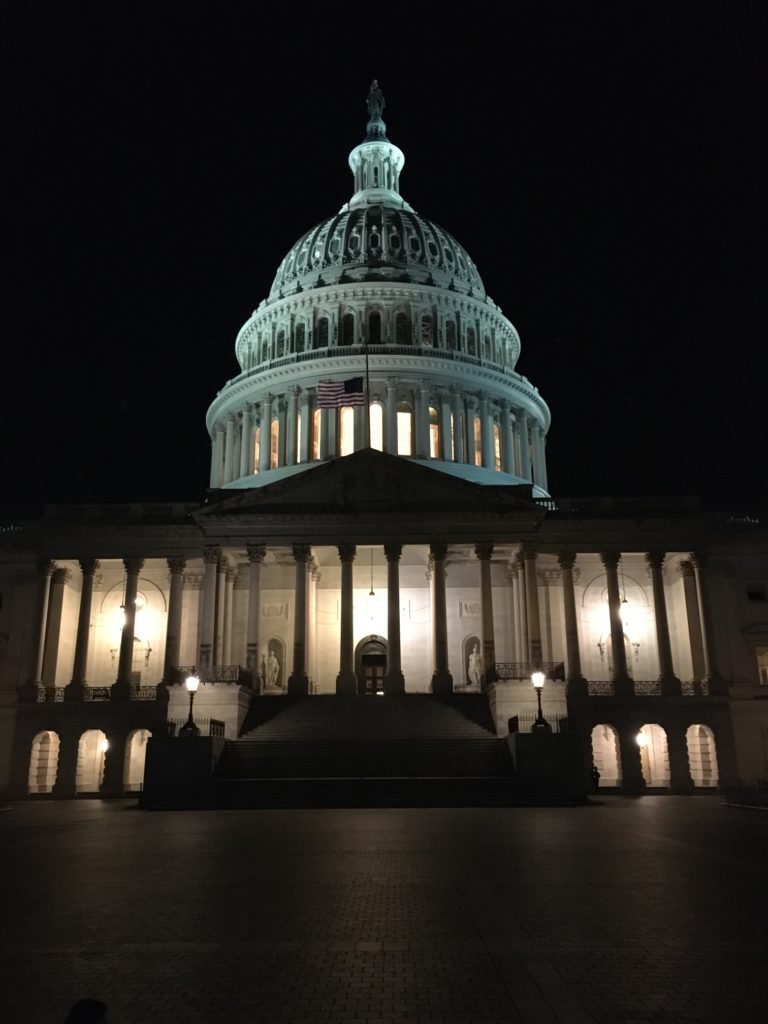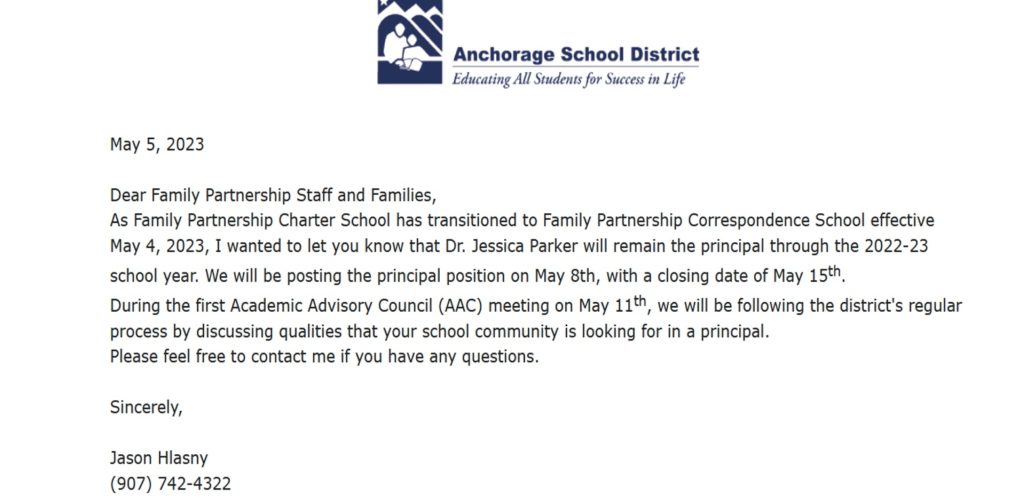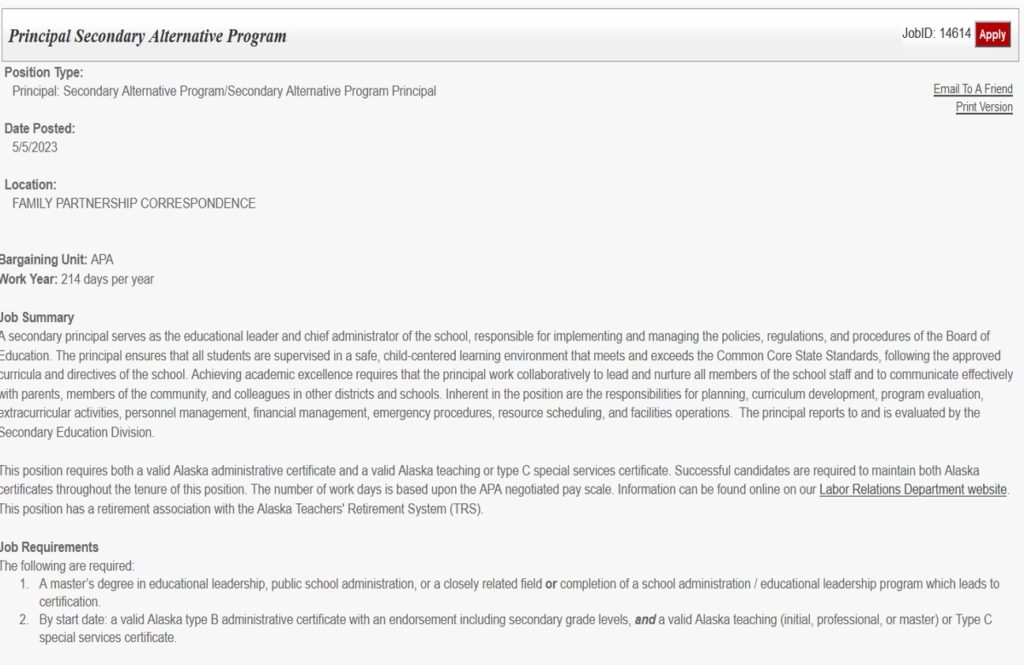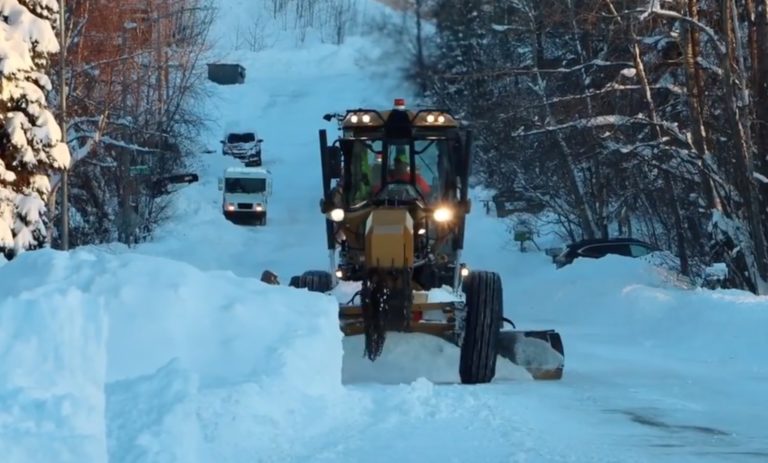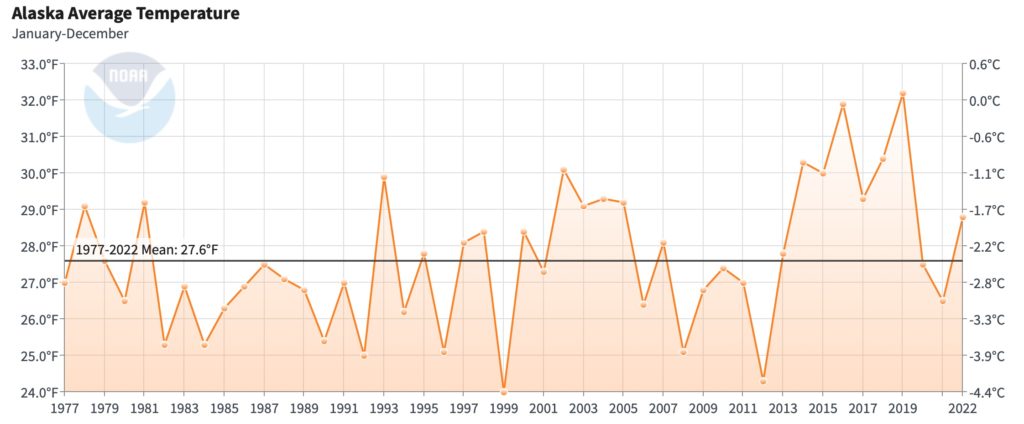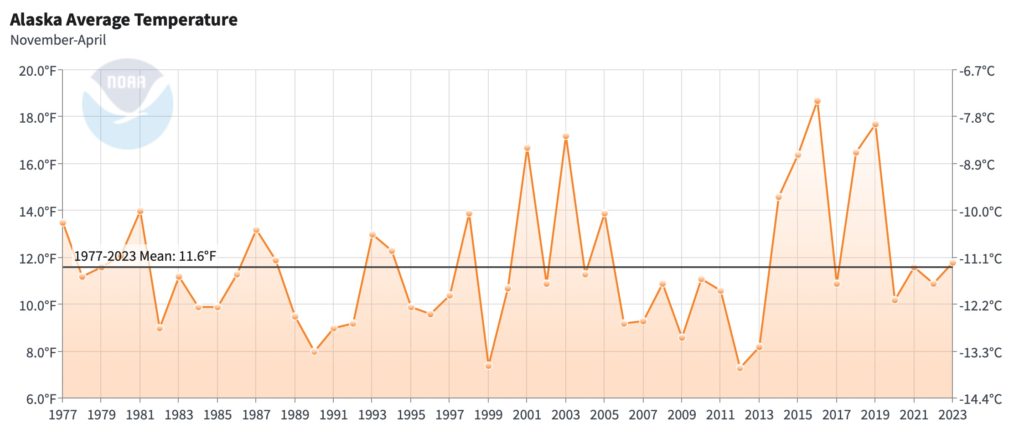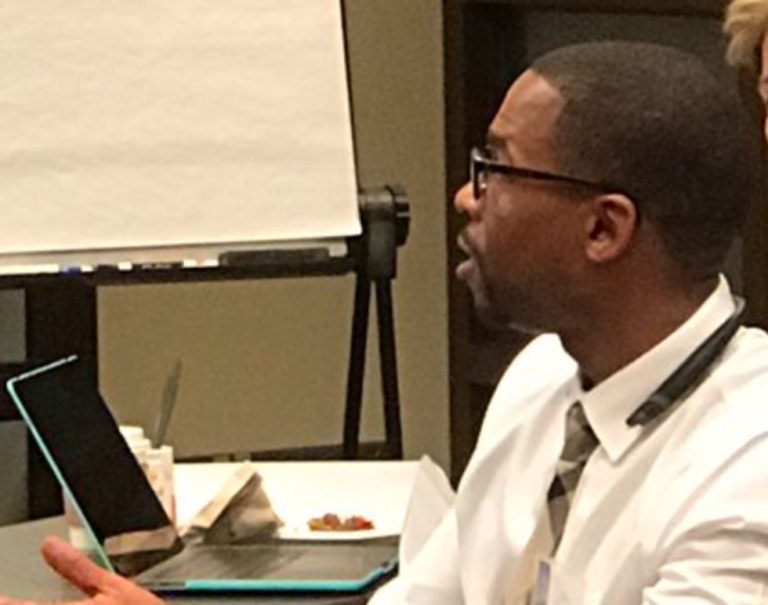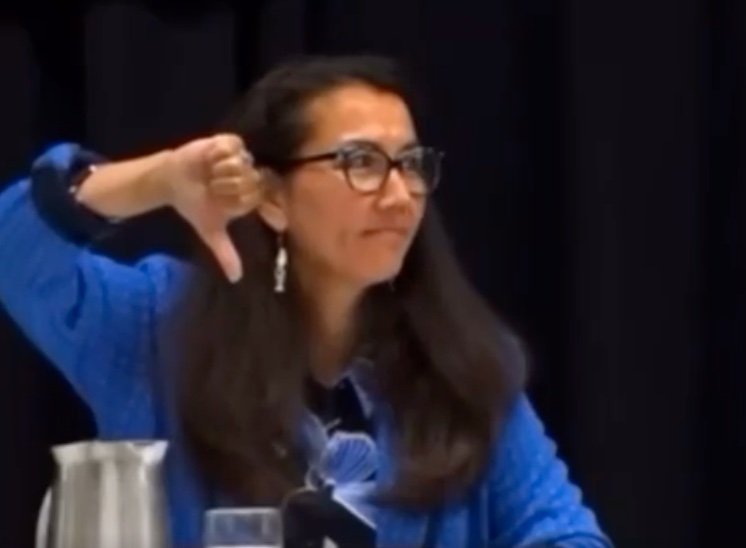The Alaska Redistricting Board will meet at 1 pm Monday in the Anchorage Legislative Information Office’s Denali Conference room. The building is on the corner of Minnesota Drive and Benson Blvd.
The board will swear in Bethany Marcum as a returning member and then take up the business of the day: to review the Alaska Supreme Court’s ruling, in which the court gerrymandered some of the political lines in Alaska to favor Democrats.
After the redistricting process was completed in 2022, Democrats sued over the map concerning things like the pairing of military voters at JBER with voters in Eagle River. The justices sided with the Democrats on an area of Anchorage and approved a temporary map, including military voters with the most liberal district in Alaska — downtown Anchorage. By doing so, they diluted the conservative vote.
The justices ruled that the Democrats’ map must be used in 2022, and they did not have time, they said, to explain why.
Their explanation came late last month, and now the redistricting board must decide if it will challenge the Supreme Court authority to seize control of the redistricting process.
There is no real choice for the board, because the justices gave them no choice, indicating that any other district lines would face the same fate at their court.
Live stream will be available at this link.
Public Testimony will be taken in-person, via dial-in teleconference, and by email to: [email protected] .
Teleconference public listen-in and testimony phone numbers:
– Anchorage: 563-9085
– Juneau: 586-9085
– Other: 844-586-9085
Background: On Feb. 16, 2022, the Superior Court ruled for the board on three of the 5 lawsuits, finding that all 40 of the board’s adopted House districts fully complied with the Alaska Constitution.
One plaintiff, Calista retired their claims. The remaining plaintiffs and the board petitioned the Alaska Supreme Court to review the Superior Court’s findings and rulings.
The Supreme Court found in favor of the board on four of the five challenges and remanded the board to make changes to Senate District K and to return Cantwell to House District 30 with the remainder of the Denali Borough.
The Board met eight times between April 2 and April 13, and adopted a 2022 Proclamation Plan.
On April 20, 2022, the East Anchorage Plaintiffs filed a motion for the Superior Court to reject the adopted 2022 Anchorage Senate pairings.
On April 22, 2022, three Girdwood residents challenged the 2022 Proclamation Senate pairings for Anchorage.
On May 17, 2022, the Superior Court ruled in favor of the Girdwood plantiffs and directed the Board to adopt Anchorage Senate pairings Option #2 as an Interim plan for the 2022 Statewide elections. The Redistricting Board appealed to the Supreme Court, which affirmed the Superior Court order and directed that the Board await their full decision before taking any further redistricting action.
On April 21, 2023 the Alaska Supreme Court issued its full 144 page decision on all 2022 Redistricting actions, giving its rationale.
